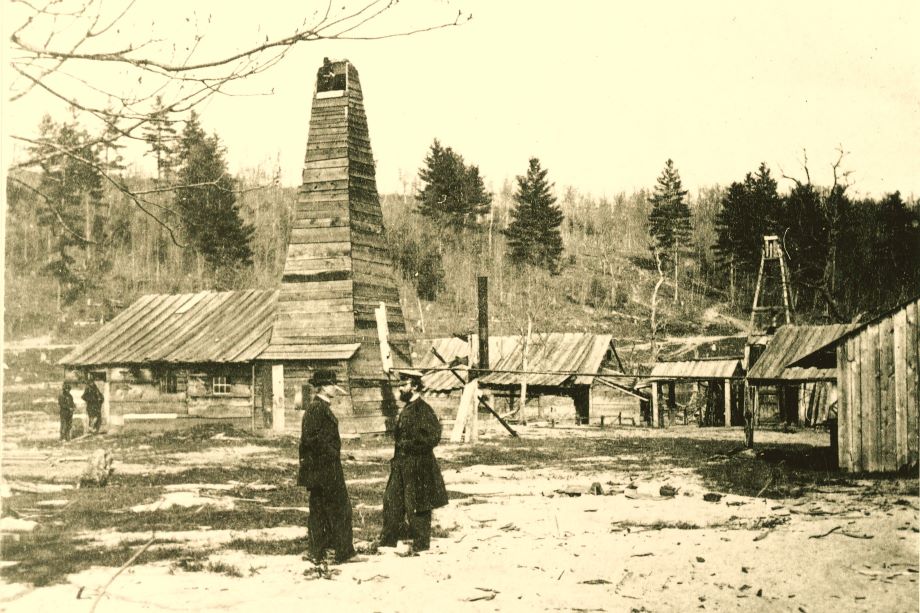National Academies Examines Workforce Education and the Implications of COVID-19
National Academies Examines Workforce Education and the Implications of COVID-19
The COVID-19 pandemic is causing large-scale economic disruptions which is highlighting specific issues the workforce has been facing, particularly the lack of funding for front-line institutions and advanced skills programs as well as an increasing skills disconnect between school and work. During a recent National Academies of Sciences, Engineering and Medicine webinar, panelists discussed the impacts COVID-19 is having on the workforce as reported by MIT in a preliminary report highlighting the challenges. The report lays out a roadmap for change and event panelists discussed what can be done to address expanding workforce education challenges, highlighting challenges in specific technology sectors such as advanced manufacturing.
With the unemployment reaching rising to record high numbers, the pandemic has highlighted the consequences of the growing economic inequalities. Sanjay Sarma, Vice President for Open Learning at MIT, discussed the lessons the pandemic has highlighted for the workforce. Sarma highlighted how many sectors such as retail, restaurants and hospitality, and transportation are now facing major damage, and many will now have to shift job sectors. To this end, Sarma discussed how workforce education is a critical tool that can help raise skills, increase job opportunity, and enable better pay and quality jobs.
MIT’s preliminary report found that workforce education faces many challenges. Overall challenges include a disconnect between work and learning, disinvestment by government and employers, colleges and universities are disconnected from workforce education, and underfunded advanced technical education programs at the National Science Foundation (NSF) and Advanced Manufacturing Institutes. While there are broad challenges, individual sectors also face their own challenges. William Bonvillian, Senior Director of Special Projects, MIT Open Learning, discussed the challenges manufacturing is facing. Some of the biggest challenges include a high overall labor non-participation rate, U.S. manufacturing employment rate fell by one third from 2000 to 2010, and advanced manufacturing requires higher skills an aging workforce does not possess.
While the pandemic has highlighted the many challenges workforce education is facing, it has presented a new way of combating some of these challenges. The pandemic forced education, like many other things, to go online. This has opened doors and changed the way educational opportunities are presented and has made access easier for many. Online technologies for workforce education are becoming widespread and can be optimized with blended learning. It is a way to scale-up to meet the challenges presented by the coronavirus.
The panelist also offered recommendations for successful delivery and bolstering of workforce education. These include integrated federal programs at the state level, community college funding to help improve the completion rate of programs, and what the report calls “the trifecta. Which includes community college programs for students plus incumbents and high school students. These incumbents include NSF Advanced Technological Education, Department of Education, and states.
The webinar and presentation can be found here: https://www.nationalacademies.org/event/06-08-2020/workforce-education-and-the-implications-of-covid-19.
With the unemployment reaching rising to record high numbers, the pandemic has highlighted the consequences of the growing economic inequalities. Sanjay Sarma, Vice President for Open Learning at MIT, discussed the lessons the pandemic has highlighted for the workforce. Sarma highlighted how many sectors such as retail, restaurants and hospitality, and transportation are now facing major damage, and many will now have to shift job sectors. To this end, Sarma discussed how workforce education is a critical tool that can help raise skills, increase job opportunity, and enable better pay and quality jobs.
MIT’s preliminary report found that workforce education faces many challenges. Overall challenges include a disconnect between work and learning, disinvestment by government and employers, colleges and universities are disconnected from workforce education, and underfunded advanced technical education programs at the National Science Foundation (NSF) and Advanced Manufacturing Institutes. While there are broad challenges, individual sectors also face their own challenges. William Bonvillian, Senior Director of Special Projects, MIT Open Learning, discussed the challenges manufacturing is facing. Some of the biggest challenges include a high overall labor non-participation rate, U.S. manufacturing employment rate fell by one third from 2000 to 2010, and advanced manufacturing requires higher skills an aging workforce does not possess.
While the pandemic has highlighted the many challenges workforce education is facing, it has presented a new way of combating some of these challenges. The pandemic forced education, like many other things, to go online. This has opened doors and changed the way educational opportunities are presented and has made access easier for many. Online technologies for workforce education are becoming widespread and can be optimized with blended learning. It is a way to scale-up to meet the challenges presented by the coronavirus.
The panelist also offered recommendations for successful delivery and bolstering of workforce education. These include integrated federal programs at the state level, community college funding to help improve the completion rate of programs, and what the report calls “the trifecta. Which includes community college programs for students plus incumbents and high school students. These incumbents include NSF Advanced Technological Education, Department of Education, and states.
The webinar and presentation can be found here: https://www.nationalacademies.org/event/06-08-2020/workforce-education-and-the-implications-of-covid-19.



